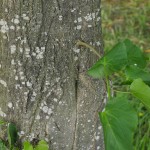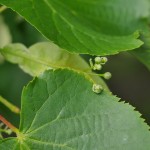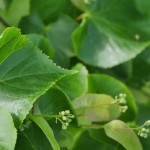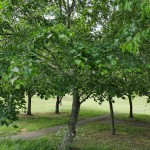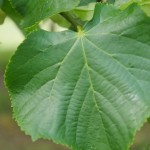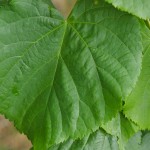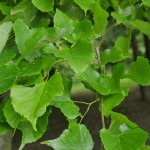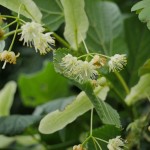Lime Tree
Common name: Lime tree, Tilia, Linden tree
Scientific name: Tilia species
Desciption
NB: No connection to citrus lime tree
The Tilia species are large deciduous trees reaching the height of 20 to 40 metres. The leaves are heart shaped and initially are light green in colour, translucent and quite delicate and often covered with a sticky honey dew substance. This is the optimal time to eat them. As the leaves age they become tougher and change to a darker green. The flowers are small yellow/white coloured that will change into small fruits. Suckers grow out from the bottom of the tree, often obscuring the trunk. The bark starts off smooth grey and becomes rougher with age.
Habitat
The lime tree can be found aligning city streets, parks, woodlands, field edges and stately gardens.
Uses
Sap can be collected and drank for a refreshing drink or heated and reduced into a syrup. The young leaves are good to use in salads and are sweet tasting due to the fact the are covered in honeydew. Honey dew is the stick substance excreted by aphids after feeding on the sap.
The flowers and fruits are dried and used to make Linden tea. The fragrant, floral taste of the flowers lends itself to making infusions syrups and jams.
The wood is used to make furniture and the bark was once used to make cordage.
Medicinal
The lime tree has multiple health benefits which include reducing stress and anxiety, helping with insomnia, maintain healthy heart and reducing blood pressure. The flowers contain flavonoids which act as an antioxidant. The flowers have been used to treat flu, coughs, colds, high blood pressure, headaches, inflammation and used as a diuretic and a sedative and to flush toxins from the body. Recent evidence shows that the flowers may be hepatoprotective also.
Other Facts
The wood of the Linden tree is soft, dense and light and can be worked easily. It has been used to make electric guitar and bass bodies, wind instruments and drum shells, because of its good acoustic properties.
During the Bronze age, the inner tree fibres of the Lime tree were used to make clothing.
It’s not just us that benefit from the Lime tree, numerous insects work together ….The rich supply of sap attracts aphids. The aphids turn the sap into honey dew, which in turn attract ants. These then farm and protect the aphids to produce this honeydew, which the ants use for their own use.
The flowers are very important plant for producing a richly flavoured honey in bee keeping. The Tilia species are used as food plant particularly by butterflies and moths.

